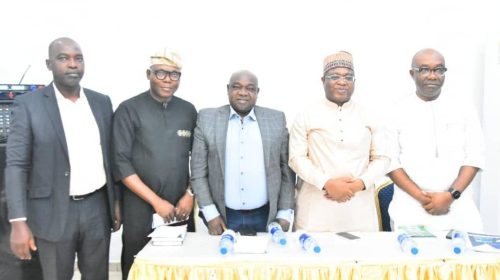Underwriting income for US P&C fell by 5.5% in H1, says AM Best

By Katie Baker– Underwriting income for the U.S. property and casualty (P&C) industry fell by 5.5% in the first half of 2020 when compared with the first half of 2019, on increases in underwriting expenses and policyholder dividends, mostly related to the impacts of the ongoing COVID-19 pandemic, reports A.M. Best.
In a new report, “First Look: 6-Month 2020 Property/Casualty Financial Results,” where the data is derived from companies’ six-month 2020 interim statutory statements that were received as of Aug. 19, 2020, A.M Best explores the financial implications of the pandemic on H1 underwriting results.
According to the ratings agency, the P&C industry’s first-half combined ratio remained relatively flat year over year at 97.6%. AM Best estimates that catastrophe losses accounted for 6.5 points on the six-month 2020 combined ratio, up from an estimated 4.5 points in the prior-year period.
The decline in net underwriting income, coupled with slight declines in net investment and other income, brought down pre-tax operating income by 4.8% from the same period in 2019. At the same time, A.M Best notes that tax expenses were flat, but a $5.5 billion decline in realized capital gains contributed to industry net income decreasing 21.6% from the prior-year period to $25.0 billion.
The report highlights a decline in insured exposures resulting from stay-at-home orders and government-ordered business closures in response to the COVID-19 pandemic, which saw some insurers provide premium credits in a number of forms.
During H1 2020, underwriting expenses increased 5.5% as some companies recorded policyholder credits as an underwriting expense rather than a reduction of premium. Additionally, dividends to policyholders increased $3.4 billion from the prior-year period, says A.M. Best.
Jennifer Marshall, director, AM Best commented: “While the personal lines segment was most impacted by the premiums credits provided to policyholders in the second quarter, which produced increases in underwriting and dividend expenses, the segment’s loss ratio for the first half of the year improved by nearly six points.
“Although catastrophe losses were up for the first six months, the decline in the loss ratio reflects the effect of reduced auto accident frequency, particularly for the personal segment.”
Industry surplus dropped 2.7% from the end of 2019 to $819.7 billion, due to the decline in net income and a $79.3 billion change in net unrealized capital losses ($56.0 billion of which occurred at Berkshire Hathaway companies and State Farm).







Leave a Reply